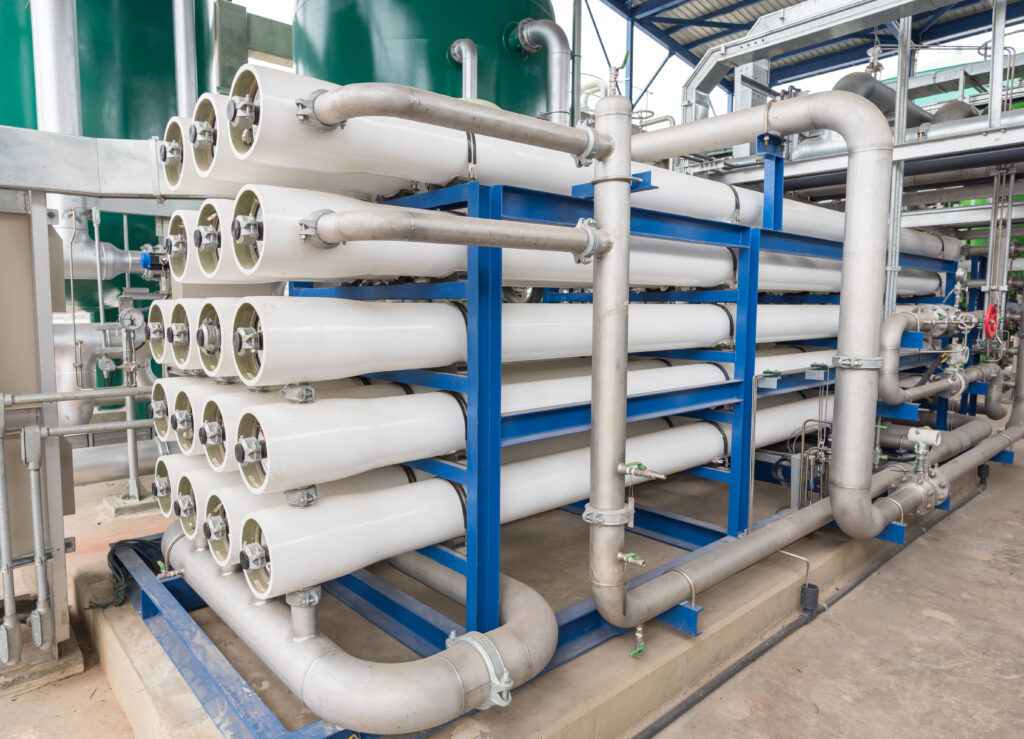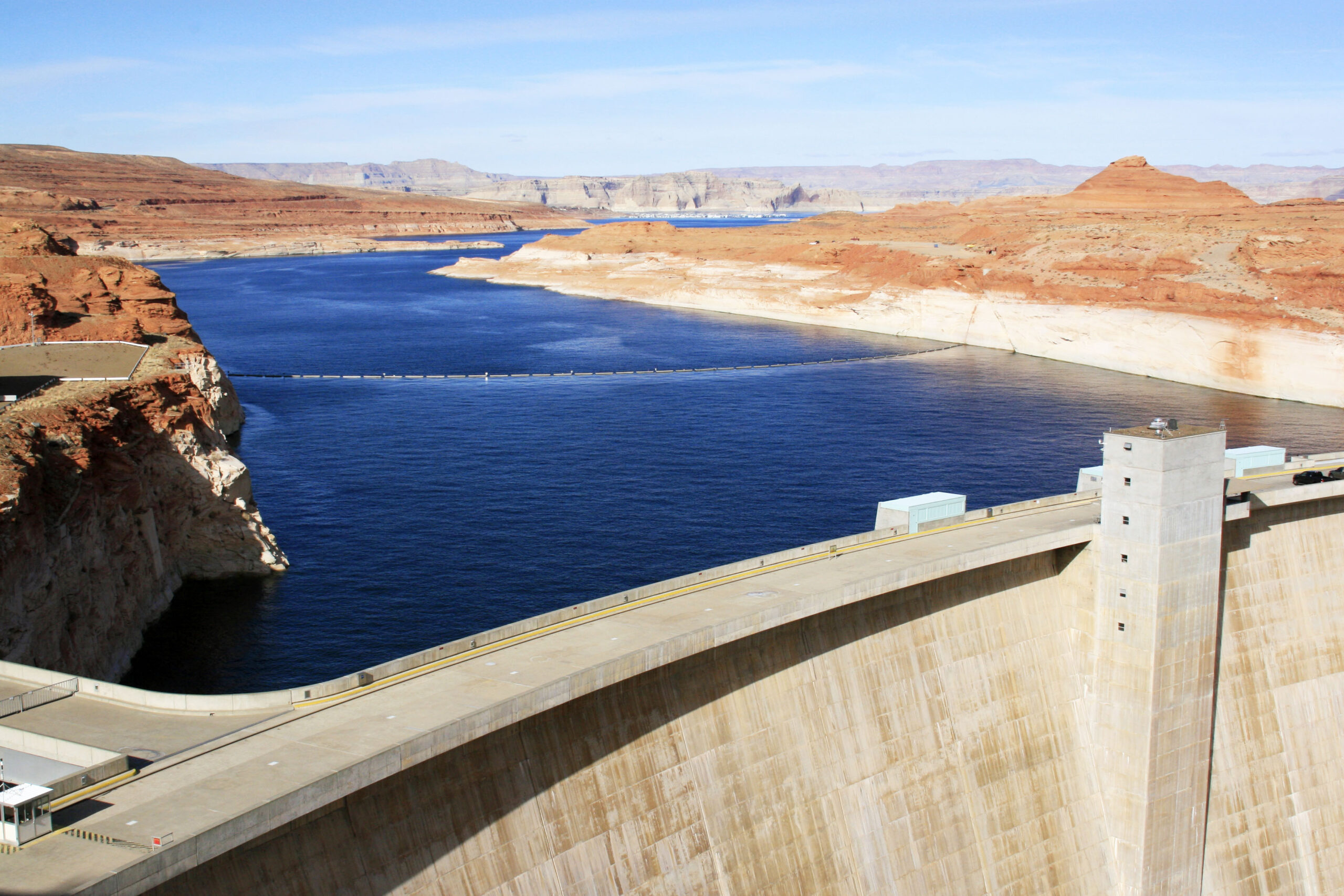Common Myths About De-Salinization

The earth is presently warming due to climate change and the burning of fossil fuels. In the coming years, this will have the effect of diminishing and limiting the amount of freshwater available worldwide. Many countries and areas already are nearing the point where freshwater supplies will be unavailable. In this context, it’s important to consider solutions that might be available.
Two main themes emerge: conservation and augmentation – conservation of present supplies and sources and augmentation to existing supplies.
Certain cities in the southwest, most notably Las Vegas, have been conserving water for years. Others, such as Phoenix, in my opinion, have done little to conserve outside of recharging some aquifers.
De-salinization is an important augmentation technology to consider. With shrinking reservoir levels in the Southwest this technology can be utilized in addition to conservation to supply needed water supplies. Many countries around the world, notably Israel, Saudi Arabia, and Australia already have working de-salinization systems that are supplying significant portions of their country’s water.
Opponents of de-sal often complain about its cost and effect on the environment. But let’s examine some of these complaints in more detail. Common myths about de-salinization.
Myth 1: Costs to develop de-sal plants are way too prohibitive.
It’s true that capital costs for developing these plants are quite high, sometimes in the several billions of dollars, however several cities and countries have used public/private partnerships to bring down the costs. Also, the cost of utilizing existing water technologies are only increasing with time. Costs can be spread out over a long timeline. In addition, de-sal technology costs are decreasing every year, with newer more cost-effective ones coming to market all the time.
Myth 2: It requires huge amounts of energy to power de-sal plants.
It does require a large amount of energy to power reverse osmosis or thermal distillation de-sal plants, and opponents often complain that to develop such plants will only contribute to climate warming. However, several countries are using solar and wind power (Australia) to power their plants. These technologies are much cheaper and are becoming cheaper by the year.
Myth 3: De-salinization will harm marine life and fish. This is a complaint often of environmentalists, who say that the brine created by reverse osmosis plants will kill off a lot of marine life. However, by choosing the correct design of intake pipes and placing outflow brine pipes far enough into the ocean, this can be significantly mitigated.
Myth 4: Conservation will eliminate the need for de-salinization.
To me this is the most incorrect assumption and one that needs to be challenged. As an example, the city of Las Vegas has already implemented multiple conservation projects, including paying residents to pull up their grass, reusing virtually all its wastewater and charging residents for overusing their water allocation. Despite all this, Vegas still sucks a huge amount of water from the bottom of Lake Mead to fill in the rest of its needs. Recently, prominent experts and politicians in the Phoenix area have stated that we won’t need de-sal and that all we need to do is to conserve our way out of our present water challenges by stopping leaks, cutting our usage on golf courses, etc. We are 22 years into a severe drought in the Southwest, one that hasn’t been seen in 1200 years.
In my opinion, we will need to consider all options, including de-sal. See link: https://www.youtube.com/watch?v=mZ7bgkFgqJQ

